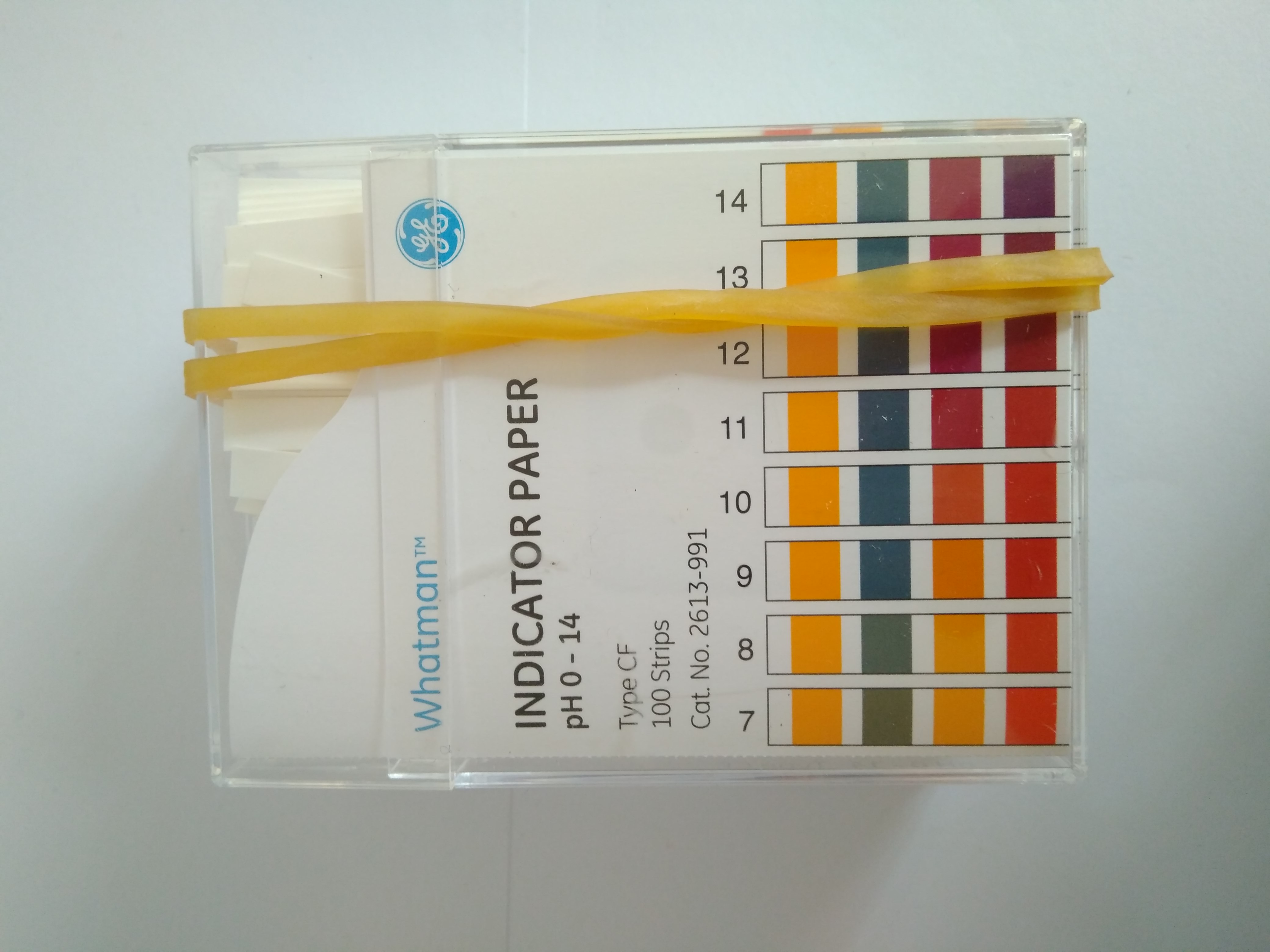“西式”饮食被喂给基因修饰的心血管模型,如APOE和Ldlr缺乏的小鼠,以加速和促进高胆固醇血症和斑块形成,并引出通常与代谢综合征相关的表型。在动脉粥样硬化的文献中,“西方”饮食通常被描述为含有20-23%乳脂/蝴蝶脂肪、0.2%总胆固醇和34%蔗糖的纯啮齿动物饮食。TD.88137这是一种“西式”饮食的例子,最初的目的是在一种新生成的APOE缺陷小鼠模型中描述和促进动脉粥样硬化的发展。联系我们,以获得更多关于“西方”风格的饮食,修改,或可能的控制饮食。
例子:
研究用途:
加速高胆固醇血症和斑块形成的转基因模型,如APOE和Ldlr缺乏的小鼠。
用于饮食诱导肥胖的各种啮齿动物模型。
主要饮食特征:
- 高脂肪饮食(按体重计算占20-23%;脂肪占40-45%)
- 饱和脂肪酸(SFA>总脂肪酸的60%)
- 乳脂/乳脂
- 蔗糖(按重量计占34%)
- 胆固醇(总数0.2%)
参考资料:
- Febbraio,M,等人,B类清道夫受体CD 36的靶向性破坏对小鼠动脉粥样硬化病变的发展有保护作用。j Clin Investment,2000年。105(8):P。1049-56
- Huszar,D,等人,在低密度脂蛋白受体缺乏的小鼠体内增加了低密度脂蛋白胆固醇和动脉粥样硬化,减少了清道夫受体B1的表达。Arteroscler Thromb VASc Biol,2000年。20(4):P。1068-73
- Nakashima,Y.,等人,ApoE缺乏的小鼠在整个动脉树形成动脉粥样硬化的各个阶段的病变。Arteroscler Thromb,1994年。14(1):P。133-40
- 中岛,Y,等,VCAM-1和ICAM-1在ApoE缺乏的小鼠内皮动脉粥样硬化易发部位上调VCAM-1和ICAM-1的表达。Arteroscler Thromb VASc Biol,1998年。18(5):P。842-51
- Plump,A.S.等人,ES细胞同源重组所致载脂蛋白E缺陷小鼠的严重高胆固醇血症和动脉粥样硬化。细胞,1992年。71(2):P。343-53
- Towler,D.A.,等,饮食诱导的糖尿病激活了低密度脂蛋白受体缺乏小鼠主动脉的成骨基因调控程序。j Biol Chem,1998年。273(46):P。30427-34。
- Foxos整合胰岛素在血管内皮细胞中的多向性作用,以保护小鼠免受动脉粥样硬化的影响。Metab细胞,2012年。15(3):P。372-81。
“Western” purified atherogenic diet
Examples:
- TD.88137 Adjusted calories diet (42% from fat, 0.2% total cholesterol)
- TD.10885 45% fat Kcal diet (0.2% total cholesterol)
Research use:
Accelerated hypercholesterolemia and plaque formation in genetically-modified models, such as Apoe and Ldlr deficient mice.
Used for diet-induced obesity in a variety of rodent models.
Key dietary features:
- High Fat Diet (20-23% by weight; 40 – 45% kcal from fat)
- Saturated fatty acids (SFA >60% of total fatty acids)
- Milkfat/butterfat
- Sucrose (34% by weight)
- Cholesterol (0.2% total)
References:
- Febbraio, M., et al., Targeted disruption of the class B scavenger receptor CD36 protects against atherosclerotic lesion development in mice. J Clin Invest, 2000. 105(8): p. 1049-56.
- Huszar, D., et al., Increased LDL cholesterol and atherosclerosis in LDL receptor-deficient mice with attenuated expression of scavenger receptor B1. Arterioscler Thromb Vasc Biol, 2000. 20(4): p. 1068-73.
- Nakashima, Y., et al., ApoE-deficient mice develop lesions of all phases of atherosclerosis throughout the arterial tree. Arterioscler Thromb, 1994. 14(1): p. 133-40.
- Nakashima, Y., et al., Upregulation of VCAM-1 and ICAM-1 at atherosclerosis-prone sites on the endothelium in the ApoE-deficient mouse. Arterioscler Thromb Vasc Biol, 1998. 18(5): p. 842-51.
- Plump, A.S., et al., Severe hypercholesterolemia and atherosclerosis in apolipoprotein E-deficient mice created by homologous recombination in ES cells. Cell, 1992. 71(2): p. 343-53.
- Towler, D.A., et al., Diet-induced diabetes activates an osteogenic gene regulatory program in the aortas of low density lipoprotein receptor-deficient mice. J Biol Chem, 1998. 273(46): p. 30427-34.
- Tsuchiya, K., et al., FoxOs integrate pleiotropic actions of insulin in vascular endothelium to protect mice from atherosclerosis. Cell Metab, 2012. 15(3): p. 372-81.




